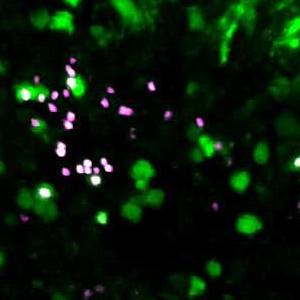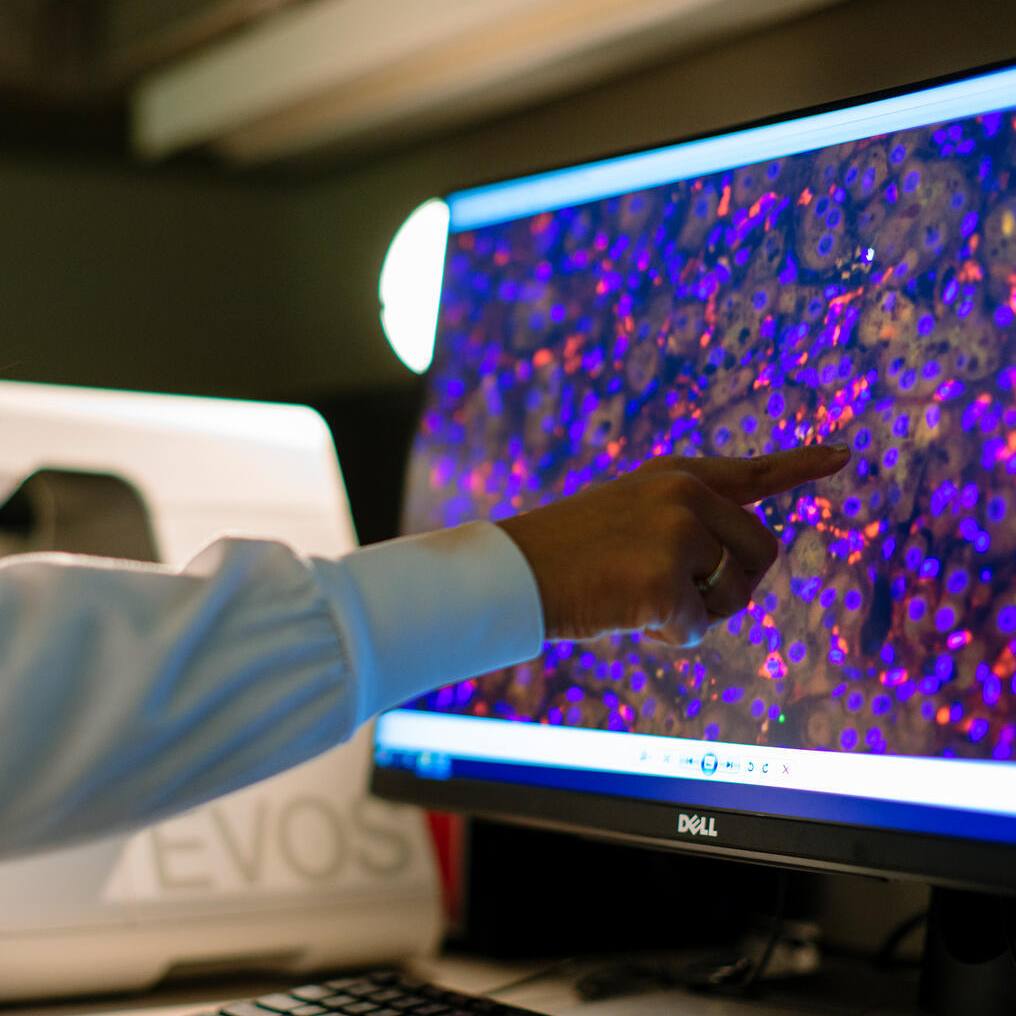-
3D tattooing after breast reconstruction

Breast cancer is the most diagnosed cancer in U.S. women with about 1 in 8 women diagnosed over the course of their lifetime. In about 35% of cases, a mastectomy is part of a woman's treatment plan and involves removing all tissue in one or both breasts, sometimes including the nipples and areolas. While it is considered a lifesaving procedure for women with breast cancer, it can take an emotional toll that can lead to a distorted self-image.
Breast reconstruction is a series of optional procedures that uses a woman's tissue or implants to restore the appearance of natural breasts and help improve confidence and self-image after cancer.
A few months after reconstruction surgery is complete, women can decide to restore the appearance of their missing nipples and areolas with a nipple reconstruction procedure or 3D tattoos. During a nipple reconstruction procedure, a surgeon uses skin from the breast to rebuild the nipple, whereas a 3D tattoo adds color to the nipple and areola areas. A woman can select one, both or neither of these elective procedures.
Find out what you need to know about 3D tattoos in this Q&A.
What is a 3D tattoo?
A 3D tattoo uses pigments to replicate the areola on a woman's reconstructed breast. It uses light and dark pigments to create a 3D illusion and make it appear that the woman has an areola and nipple after they have been removed during surgery. The pigments are color-matched to each patient, and the goal is to restore the breast's natural appearance.
Are 3D tattoos painful?
No, unlike a traditional tattoo, 3D tattooing is a comfortable, nearly pain-free procedure because the breasts lose sensation after a mastectomy. Aftercare and recovery are similar to a conventional tattoo, including light coverage with gauze for a few days, cleansing with antibacterial soap and applying fragrance-free, gentle lotion until the site heals.
How many sessions are required?
Most women complete the procedure in the clinic over two visits. The initial visit takes two hours. During that' time, the woman works with the healthcare professional to select pigments and determine the position of the areolas. Then the tattooing is performed. The second visit is six to eight weeks later for pigment touch-up and evaluation.
What are the benefits of 3D tattoos?
Some women have said that their breasts appear incomplete without nipples or areolas, similar to a face without a nose. Tattooed areolas and nipples can help women focus less on what is missing and eliminate the constant visual reminder of their cancer journeys.
Many women also have reported that it improves intimacy with their partners because it helps partners feel more comfortable with their new breasts. Also, it distracts from any scarring and leads the eye to a new focal point rather than just the scars across the breasts.
How soon after reconstruction can I get a 3D tattoo?
A woman must have completed all her reconstruction surgeries and cancer treatments before getting a 3D tattoo. Typically, three months after reconstruction is enough time to ensure that all incisions have healed correctly and for the new breast tissue or implants to settle into their natural positions.
3D tattoos are not only for women with a recent cancer journey. The procedure also is available for women who have had mastectomy surgeries years ― or even decades ― ago when 3D tattooing wasn't available.
Does insurance cover the cost of 3D tattoos?
Typically, 3D tattoos are covered by private insurance, but women are encouraged to check with their healthcare insurance providers regarding coverage. A private pay option also is available.
Some people get a traditional tattoo to mark a milestone or celebrate a moment. A 3D nipple and areola tattooing are no different. For many women, a 3D tattoo is the milestone step in their cancer journeys.
Next steps:
- Read seven tips for dealing with the emotional side of cancer: 7 tips.
- Learn about surgical options to remove breast cancer.
- Read Kathleen's story about finding the perfect balance with Goldilocks surgery.
- Find a plastic and reconstructive surgery expert near you.
Rebecca Kath is a physician assistant in Plastic & Reconstructive Surgery in La Crosse, Wisconsin.
This story first published on the Mayo Clinic Health System blog.







